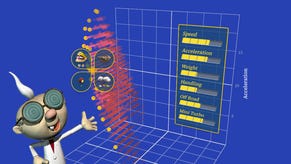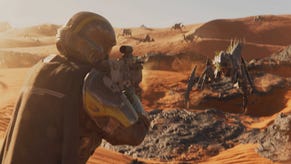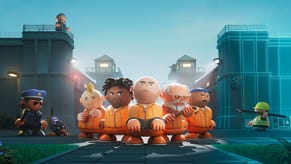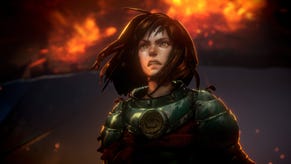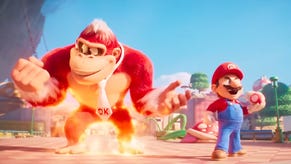The unlikely origin of StreetPass and a Mario DS game you never knew about
"This is something CEO Iwata wants to tell you personally..."
Yutaka "Yoot" Saito had a special relationship with Nintendo. He, the creator of SimTower, Seaman and Odama, considered Satoru Iwata and Shigeru Miyamoto friends, and he would regularly meet them for tea around the turn of the Millennium.
It was during one of these rendezvous Saito told Miyamoto and Iwata a story.
"Once, when we were discussing some of the things we'd like to be able to do with a new piece of hardware, which will be coming for next generation of Game Boy, I told them a story from when I was a middle school student," Saito shared with a Reboot Develop 2018 audience I was in.
"Every morning on the way to the school there was a girl on the train I rode. I was almost 15 years old and I was too shy to talk to her. So in the meeting I raised my idea that if we had a kind of magic machine so I can talk to her, that would be wonderful.
"A few years later," he said, "my company was invited to Nintendo headquarters by developer relations after Nintendo DS was announced. And the guy who did the briefing said, 'There is one big feature remaining we haven't talked about yet. This is something CEO Iwata wants to tell you personally, Mr Saito-san, so I'm going to call him. Please stay here.'
"A few minutes later Iwata-san came down to the meeting room," Saito added, "and with a smile he said, 'Mr Saito, we finally put in the feature we talked [about]: it's called StreetPass.'"
Saito's meetings with Iwata and Miyamoto continued, and as he often would, Iwata would ask Saito what he had been interested in lately. One day Saito replied, "Sculpting chunks," which baffled Iwata.
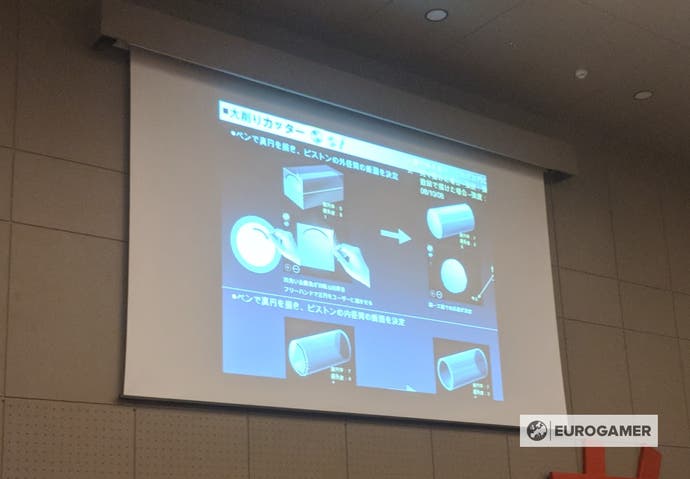
Saito explained he had seen a piece of software demonstrated during the Nintendo DS announcement which showed a spinning metal cylinder sculpted using the pen interface, and it had always fascinated him how components of watches and cameras and computers were created from one piece of material. "I said, 'This idea of sculpting is really really appealing to a middle-aged guy like me.'"
He described an idea for a game in which you would sculpt, from a chunk of metal, an engine for a car, and how its shape would determine its ability. "I explained this crazy idea and they listened to me very carefully in complete silence, and finally they said, 'That sounds interesting - let's give it a try,' he said.
"We decided we could do a different type of game. It isn't released. It's codenamed Mario Motors."
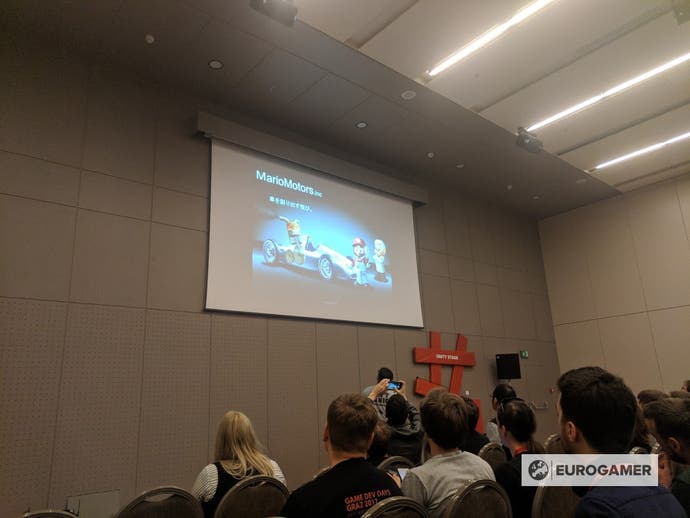
The hope was for Mario Motors to help players understand engines on a deeper level. "Do you know," for instance, "what happens in an engine when you press down on the accelerator pedal?" Saito asked the audience. (No one did.)
"When you step on the pedal, [air valves] open and more air comes into the engine." It's something so simple people often don't believe it's true.
To prove it, Saito placed his finger over a large plastic syringe, blocking the nozzle, and tried to pull the suction handle back. He struggled. But when he removed the obstructing finger, the suction handle shot back quickly and air rushed in.
"So how did I try to reconstruct this control method in order to teach players how acceleration works in Mario Motors?" he said. "I wanted to have them blow into the microphone of the DS."
However, he decided against the idea due to a consideration so typically Nintendo: "I scrapped this idea because this would cause children to get out of breath."

Why Mario Motors never made it the distance, Saito wouldn't say. "I cannot tell you why now but please guess," he said during the talk. Then, to my question during the Q&A, he replied, "That's a very confidential thing. Many things happen. Not... um... are you at the party tonight?" to which everyone laughed and clapped - but I never did find out the reason why.
Making Mario Motors enabled Saito to understand his friends Miyamoto and Iwata on a deeper level, and discover what made them so special to Nintendo (and to the wider industry and world).
"While I was working on this prototype I had the chance to meet with those guys and they were very excited to see how my prototype had gone - not from a business standpoint but from a creative point," he said. "They were interested to see what I was talking about each time.
"Mr Miyamoto was telling me he is a game creator but he is also a producer, and Mr Iwata always worked hard to try to discover new things and to help young talent grow. I realised just how much they respected each other and how they formed the two wheels that pulled Nintendo's game business forward.
"They made an impression on me," he said, "because they were always handing people something new despite the fact they'd made great success in the past - they were very much hungry for new things."
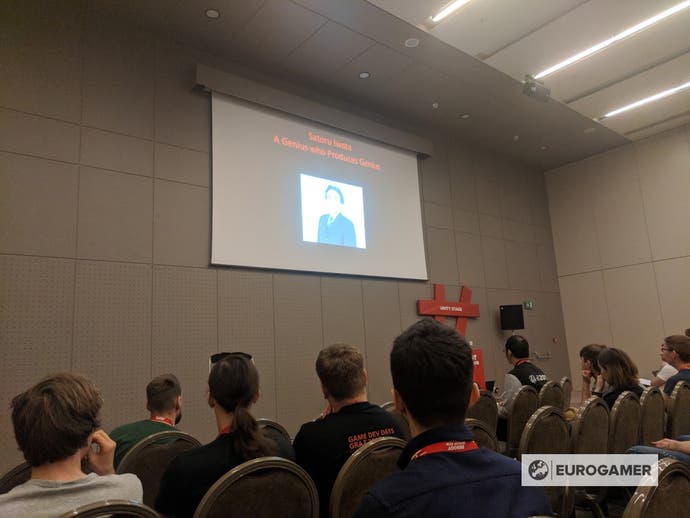
Currently, Yoot Saito is tinkering with an artificial intelligence engine, perhaps to power a new mobile Seaman game in the future. He is also making something for mobile which looks like a kind of SimTower. He called the audience up to his lectern to show a prototype on his iPad, in which people spawned on a multi-story, side-on building and walked around. No other details were given.
Saito concluded by saying: "What Mr Iwata taught me is allowing my character to be different. Please be proud that you're different from other people."


